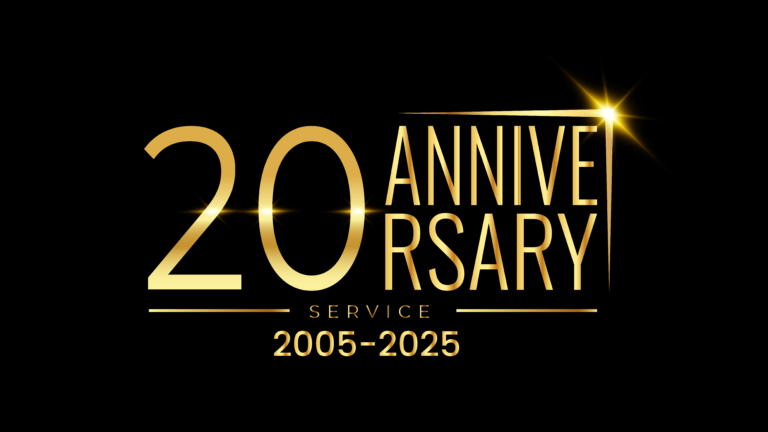The efficient management of field service teams and technicians presents many challenges. Field service organisations need to manage the complexity involved in delivering high quality customer service while at the same time optimising field service costs. While they may be tempted to reduce costs by implementing various quick-fix methods, such as reducing the number of field service personnel, these techniques can have a negative impact on customer service and satisfaction. In this post we look at just 3 effective ways to reduce field service costs which will also boost efficiency and raise customer satisfaction ratings.
1. Reduce Revisits
The requirement for field service personnel to visit a customer’s site multiple times to resolve a field service call is clearly a drain on resources. Travel and transport costs can often be extremely high, especially when long distances are involved. So it makes perfect sense to look at ways to reduce this field service expense.
It’s worth looking at some of the most common reasons why field service technicians need to make revisits. They include:
- Lack of spares.
- Inadequate or inappropriate skills.
- Poor communications.
The key metric that needs to be boosted is: first-time fix rate (FTFR). This is a simple measure of how often field service calls are resolved on the first visit. Improving the FTFR will not only save field service costs it will also make a great impression on customers and raise their levels of satisfaction – along with the reputation of the field service provider.
Improve First Time Fix Rate
Achieving a first-time fix rate of 100% is likely to be challenging. But continuously striving to improve this metric is important as it’s a significant indicator of service quality that correlates with customer satisfaction. Field service organisations that provide high quality service tend to have high customer satisfaction scores and happy customers provide repeat business, which is another key reason to work on improving FTFR.
High first-time fix rate is also good for productivity and efficiency as field service personnel are able to deal with more customers and spend less time travelling. So what are the practical tactics that field service organisations can use to boost FTFR?
Ensuring field service personnel have all the information they need to efficiently and effectively deal with a field service call is essential. Access to the complete customer field service history enables technicians to plan their site visit and may often provide pointers toward what’s needed to speedily resolve the reported problem.
Planning and predicting what’s needed is an important element in improving FTFR. Considering a customer’s service history along with their reported problem will ensure that field service technicians with the most appropriate skills and experience are allocated to the call. It should also provide some insight into the spares or replacements that may be needed to resolve the issue.
And communication with the customer should ensure that field service personnel have access to what they need along with time to work on resolving the reported problem.
2. Optimise Scheduling and Dispatching
As noted, planning plays a key role in increasing first-time fix rate and makes a huge contribution toward reducing the cost of field service.
Match Skills with Tasks
When allocating service jobs it’s important to match the skills and experience of field service technicians with the systems, faults and issues on customer sites. Dispatching inexperienced technicians who don’t have the necessary capabilities to resolve customer’s reported issues is likely to result in unsatisfied customers and the subsequent need to re-assign tasks to more appropriate technicians. It’s far better and more cost effective to plan task assignments considerately and always send the right people to deal with them.
Assign Tasks to Minimise Travel
Another important aspect of effective, efficient scheduling and planning is the need to minimise travel and route planning. Minimising travel requirements by allocating jobs to field service technicians who are located as near as possible is obviously beneficial. It’s therefore essential for dispatchers to always know the whereabouts of their field service personnel.
3. Reduce Inventory Management Costs
Another area in which field service costs can potentially be reduced is inventory management.
Field service organisations might often have valuable spare parts, tools and equipment distributed in various field service vehicles and storage locations and the condition of these valuable assets may not be monitored or recorded. This can result in unsatisfied customers due to technicians not having the spare parts or tools needed to efficiently deal with their issues.
Efficient asset management that tracks the whereabouts of valuable spares and equipment, even when it’s in field service vans, saves costs and contributes toward raising customer satisfaction ratings.
Asset Management Efficiency
Field service organisations need an asset management system that can handle and record stock that’s held in various locations, including in field service vehicles. The whereabouts of mobile stock needs to be monitored to enable it to be efficiently allocated where needed. The asset management system must also provide an audit trail facility that keeps track of where and how stock items have previously been used and the system must ensure that stock levels are monitored and alarms are automatically raised if levels fall below defined quantities.
Efficient asset management combined with optimal task planning should avoid issues occurring wherein field service personnel don’t have the spares or tools they need to quickly resolve field service tasks. It also means that field service organisations are not wasting money on unnecessary stock and will ensure stock levels are maintained.
Why Choose Red Zebra?
Our Field Service Management Software supports all of these techniques to reduce field service costs – and more. The customer and call management modules ensure that field service personnel have the information they need and that calls are appropriately allocated and scheduled. The engineer tracking facility ensures that dispatchers always know where people are, enabling jobs to be efficiently assigned and the stock management software enables valuable assets to be efficiently and effectively tracked and monitored. Call us to learn more.
Email [email protected] or call 01296 350350.

